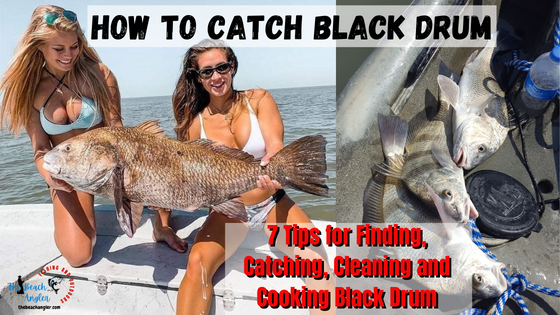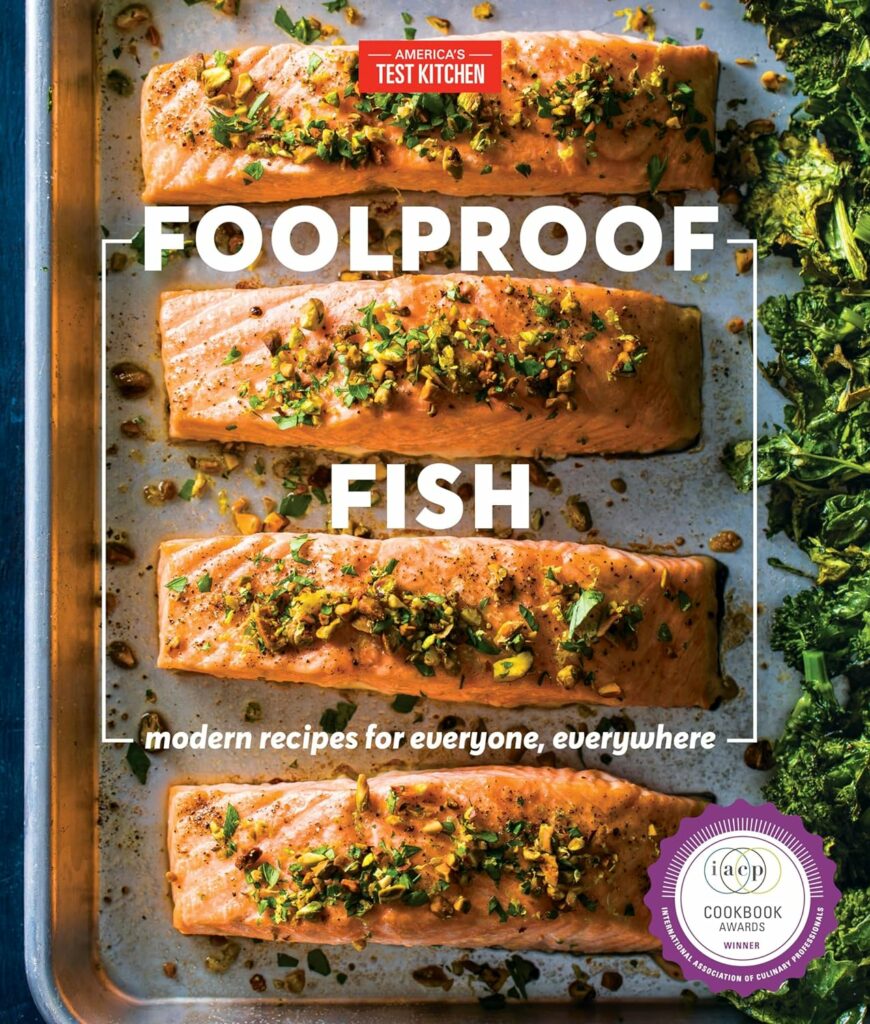There’s nothing quite like the thrill of reeling in a big fish, and black drum fishing offers just that. These powerful fish are a popular target for anglers due to their size and powerful fight. If you are looking for a fun and exciting fishing experience, you might want to try catching black drum. Black drum are large, powerful fish that can put up a great fight and provide some tasty fillets.
QUICK LOOK:
7 Tips for Fishing for and Catching Black Drum:
- Use the Proper Gear: When it comes to black drum fishing, selecting the right gear is crucial. A medium to heavy spinning rod or a baitcasting rod with a sturdy backbone is ideal for handling their power and size.
- Find the Right Location: To catch black drum, you will need to find a location where they are likely to be found. Black drum are typically found in shallow, brackish waters near the shore.
- Fish the Right Time: To catch black drum, you will need to choose the right time of day and season of the year when they are most active and abundant. Fish during the early morning or late evening hours.
- Use the Best Baits: To catch black drum, you will need to choose the right bait or lure that matches their natural diet and attracts their attention. Shrimp and Blue Crabs are top of the list.
- Choose the Best Fishing Methods: One of the most effective techniques for targeting black drum is bottom fishing. By presenting the bait on or near the bottom in areas known to harbor black drum.
- Use Proper Fighting technique: To catch black drum, you will need to fight and land them safely so you can practice catch and release. Keep your rod tip up and maintain tension on the line at all times.
- Proper Cleaning and Handling: If you want to keep some black drum for the dinner table, get them on ice as soon as possible after landing.
If you are wanting some fish for you next fish fry, targeting black drum can not only provide that but also, like gafftop catfish, alligator gar, and gulf kingfish (aka whiting), take the harvest pressure off some of the more popular gamefish. I’ve been catching, and eating, black drum for over half a century now. The good news is, they are also relatively easy to catch, as they are not very picky about baits and lures.
Read along and I will show you how to catch black drum. We’ll cover everything from choosing the right equipment and location, to finding and hooking the fish, to cleaning and cooking your catch. Everything you need to know to increase your chances of success and catch the big ones.
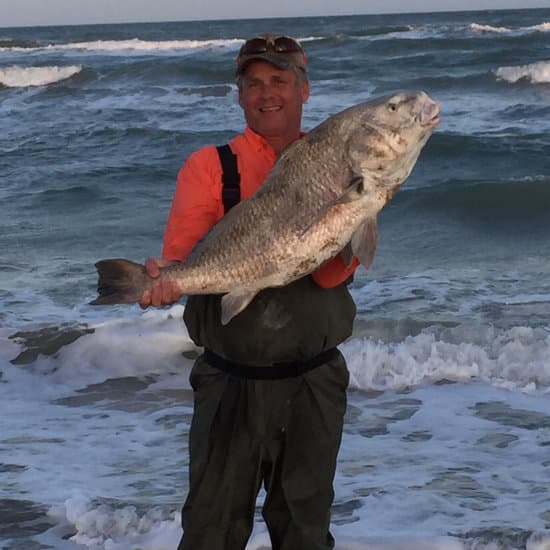
What is a Black Drum?
The black drum, scientifically known as Pogonias cromis, is a robust and powerful fish species that can grow to impressive sizes. They are a saltwater fish that belongs to the same family as redfish, croakers, and spot. They have a high-backed, elongated, silvery-gray body with dark vertical stripes, a blunt nose, and a chin with barbels (whiskers). These barbels aid in locating food sources by sensing vibrations in the water.

They can grow up to 60 inches long and weigh over 100 pounds, although most of them are much smaller. They are found along the Atlantic and Gulf coasts of North America, from Massachusetts to Florida, and throughout the Gulf of Mexico from Texas to Mexico.
They prefer shallow waters with sandy or muddy bottoms, and are most often found in brackish waters, such as estuaries, bays, tidal creeks, and river mouths where they feed on crabs, shrimp, worms, clams, and other small fish.
The name Black drum comes from their distinct spawning behavior. During the late fall and early winter months, they migrate to nearshore and inshore waters through passes and inlets to spawn.
The males produce distinctive “drumming” sounds by contracting the muscles around their swim bladder, creating a resonating drum-like noise. These sounds serve as a courtship ritual and can be heard underwater, attracting females for mating.
Why Fish for Black Drum?
There are many reasons why you might want to catch black drum.
- They are fun to catch. Black drum are strong and stubborn fish that can fight hard and give you and your equipment a real workout.
- They are relatively easy to catch. Black drum are not very selective about what they eat, so you can use a variety of baits and lures to attract them. They also tend to stay close to the bottom, so you don’t need to cast far, and they frequent areas that you can fish from the bank.
- They are good to eat. Black drum have firm, white meat that is mild in flavor and low in fat. You can cook them in many ways, such as frying, baking, grilling, or steaming. However, you should avoid eating large or old black drum, as their flesh gets very coarse and may have worms. Plus these are the mature breeding stock best left to spawn.
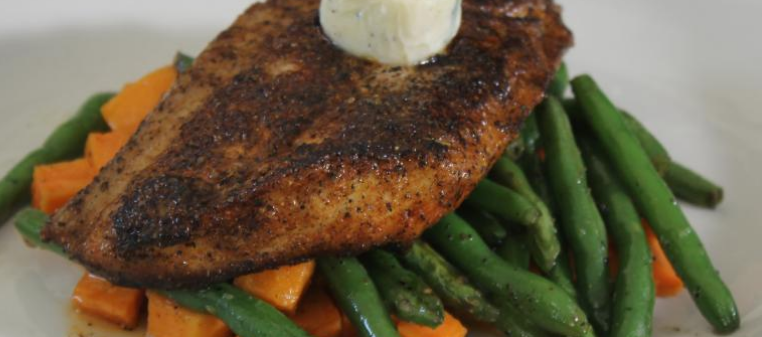
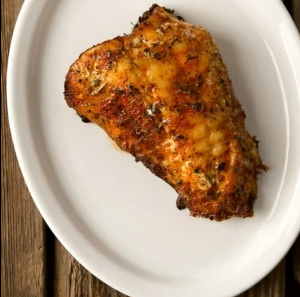
7 Tips on How to Catch Black Drum
Fishing for Black drum can be fun and exciting for anglers of all ages and skill levels. With the right gear, techniques, an understanding of their habits and habitats, and a touch of patience, you could have an unforgettable adventure fishing for black drum. Now that you know what black drum are and why you would want catch them, let’s get into the details of how to catch them.
1. Choose the Right Equipment
When it comes to black drum fishing, selecting the right gear is crucial. A medium to heavy spinning rod or a baitcasting rod with a sturdy backbone is ideal for handling their power and size. Pair that with a durable reel that offers a high line capacity and a smooth drag system, and you will be well-equipped to handle the challenges of black drum fishing.
Black drum vary in size and there is always the potential to hook a monster of 20 pounds or more. Therefore, it is important to use sturdy terminal tackle. A fish finder rig or a Carolina rig with a strong, sharp circle or J hook is recommended. The following check list will get you set up properly for Black drum fishing.
- A medium-heavy or heavy spinning or baitcasting rod and reel combo. The rod should be 7 to 9 feet long and have a fast or moderate action. The reel should have a smooth drag system and enough line capacity for the size of fish you are targeting. Remember, there are fish up to 60 inches possible, so prepare accordingly.
- A braided or monofilament fishing line. The line should be 15 to 30 pounds test for smaller black drum, and 40 to 80 pounds test for larger ones. You can also use a fluorocarbon or wire leader for extra abrasion resistance and reduced visibility.
- A circle or J hook. The hook should be 2/0 to 8/0 in size, depending on the size of your bait and fish. A circle hook is preferred because it reduces the chances of gut-hooking the fish, which can harm or kill it. Keep in mind catch and release for the bigger spawning fish.
- A sinker or weight. The weight should be enough to keep your bait on the bottom, this will depend on where you are fishing, the currents and tides. A pyramid sinker or an egg sinker is ideal for black drum fishing, and a surf or spider weight can be used in areas with strong currents or wave action.
- A strong swivel or snap. The swivel or snap connects your main line to your leader and prevents line twists. It also allows you to change your hooks and weights easily.
2. Choose the Right Location
To catch black drum, you will need to find a location where they are likely to be found. Black drum are typically found in shallow, brackish waters near the shore. Look for areas with sandy or muddy bottoms, such as bays, inlets, and estuaries.
Black drum also tend to congregate around structures like jetties, piers, in the surf along the beach front, and bridge pilings, particularly during their spring and fall migrations, so fishing near these areas can be very productive. Here are some tips on what to look for when choosing a spot to fish for black drum:

- Look for shallow waters with sandy or muddy bottoms. Black drum like to feed on the bottom, where they can find crabs, shrimp, worms, clams, and other prey.
- Look for structures that provide cover and food for black drum. These include bridges, piers, docks, jetties, rocks, reefs, oyster beds, grass beds, and channels.
- Look for signs of black drum activity. These include bubbles on the surface, mud clouds on the bottom, tailing fish (when their tails stick out of the water), and drumming sounds (when they vibrate their swim bladder).
3. Choose the Right Time
To catch black drum, you will need to choose the right time of day and season of the year when they are most active and abundant. Fish during the early morning or late evening hours. Black drum tend to feed more during these times when the light is low and their prey is more active.
Fish during the incoming or outgoing tides. Black drum follow the tides as they produce currents that push crabs, small fish and other food out of their hiding places where the drum can ambush them .
The best time of year to catch black drum is during the spring or fall seasons. Black drum migrate through passes and inlets to spawn in large schools during these seasons when the water temperature is between 65°F and 75°F.
4. Choose the Right Bait or Lure
To catch black drum, you will need to choose the right bait or lure that matches their natural diet and attracts their attention. Shrimp and Blue Crabs are top of the list, but here are some tips on baits and lures for black drum fishing:
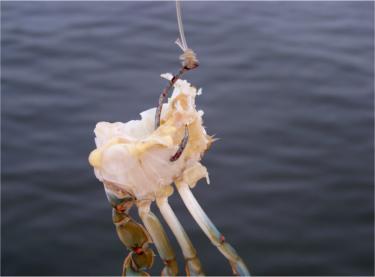
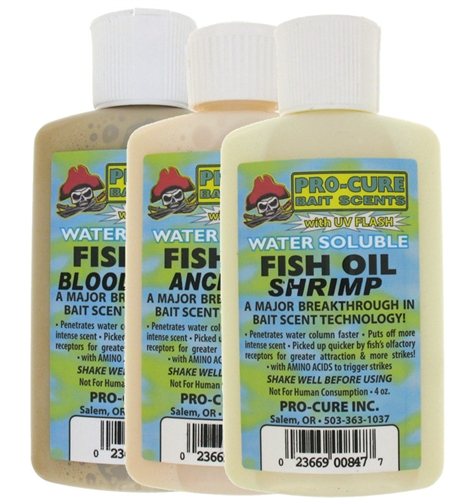
- Use natural baits that black drum love to eat. These include crabs (blue crab, fiddler crab), shrimp (live or dead), worms (bloodworms, sandworms), clams (fresh or frozen), squid (cut into strips), mullet (cut into chunks), and menhaden (cut into chunks). Big black drum love blue crab, so using a whole or cut-up crab as bait can be very effective. Remove the claws and legs and use a crab trap to catch your own bait, or buy fresh or frozen crab from a bait and tackle shop.
- Use artificial lures that resemble their natural prey. These include soft plastic baits (shrimp imitations, crab imitations), jigs (bucktail jigs, curly tail jigs), spoons (silver spoons, gold spoons), and flies (clouser minnows, crab flies).
- Use scents or attractants that enhance your baits or lures. These include fish oil, garlic, anise, and shrimp.
Black drum are bottom feeders that primarily eat crustaceans and mollusks like crabs, shrimp, and clams. So, scents and attractants with these flavors are good choices to add to your baits and lures.
5. Fishing Methods to Catch Black Drum
One of the most effective techniques for targeting black drum is bottom fishing. By presenting the bait on or near the bottom in areas known to harbor black drum, you increase your chances of catching some drum.
This method requires patience and awareness, as black drum can be cautious and may take their time before committing to the bait. But, once they do, hold on for a real fight. Here are some basic tips for bottom fishing for black drum.
- Cast your bait or lure near structures where black drum hide or feed.
- Let your bait sink to the bottom and wait for a bite.
- If using a circle hook, do not set the hook when you feel a bite. Instead, let the fish take the bait and turn away, then reel in slowly until the hook sets itself in the corner of the mouth. If using a J hook, set the hook firmly when you feel a bite by lifting your rod tip up quickly.
- Once you’ve hooked a black drum, get ready for a fight. These fish are known for their strength and endurance, so be prepared for a battle.
- Use a smooth, steady reeling motion to bring the fish in, and be patient. Black drum can put up a good fight, but with some persistence, you’ll be able to land your catch.
For a more exciting and adrenaline pumping experience, try sight fishing for black drum.
This technique involves searching for black drum in shallow waters and casting bait or lures directly in their path.
Polarized sunglasses are essential for spotting the dark silhouettes of these fish against the sandy or grassy bottom. Wait until you feel the fish pick up your bait before you set the hook so you don’t jerk it away from them before they have a chance to eat it.
6. How to Fight and Land Black Drum
To catch black drum, you will need to fight and land them safely so you can practice catch and release without harming the fish. It will help to keep your rod tip up and maintain tension on the line at all times. Do not let the line go slack, or the fish may spit out the hook.
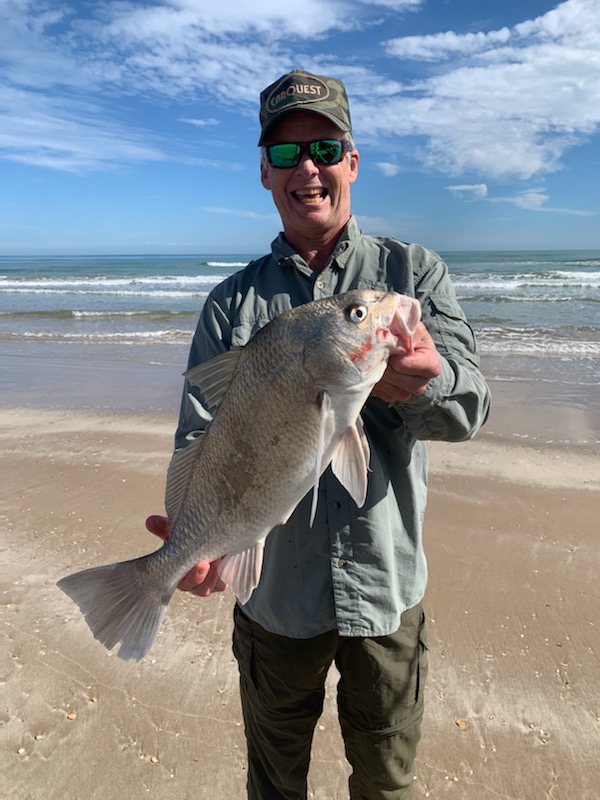
Let the fish run when it wants to run, and reel in when it stops. Do not try to stop a powerful run by locking your reel, or you may break your line or rod. Use your drag system to control the speed of the fish.
Use a net, or a lip gripper to land the fish safely. Do not lift the fish by its gills, or its mouth, as this may injure it. If possible, keep the fish in the water while removing the hook.
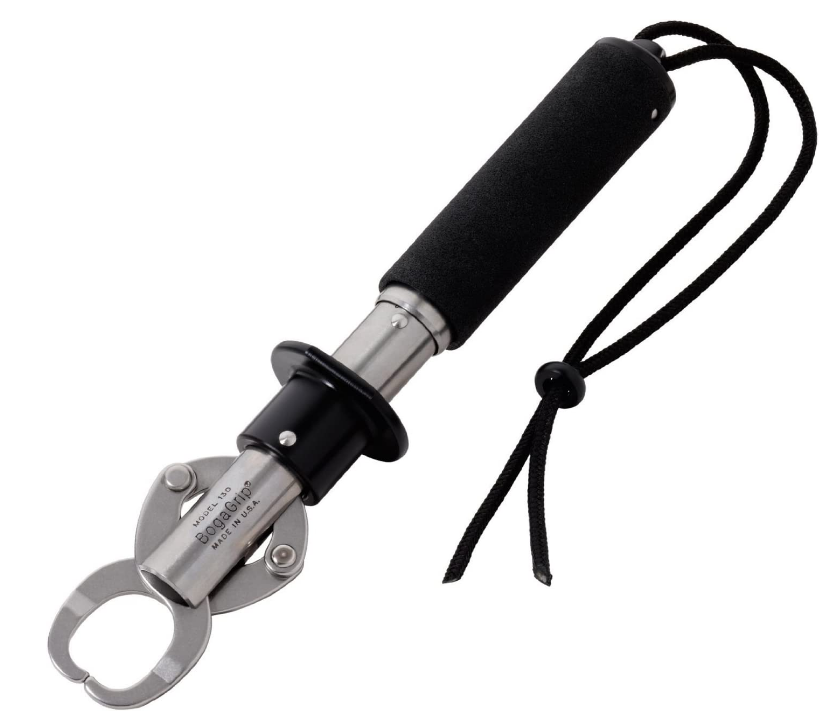
7. How to Clean and Cook Black Drum
As responsible anglers, it is crucial to follow the size and bag limits to insure the well-being and conservation of black drum populations. When catching black drum, it is important to minimize handling and time out of the water to reduce stress. And, utilize proper catch and release techniques, such as supporting the fish in the water until it shows signs of readiness to swim away.
If you want to keep some black drum for the dinner table, get them on ice as soon as possible after landing. Then you can fillet them and remove the skin, leave the skin on for drum on the half shell, or simply scale and gut them for cooking the whole fish.
Creamy Cajun Black Drum
This recipe features juicy, golden, pan-fried drum fillets in a zingy cream sauce. Courtesy of Texas Saltwater Fishing Magazine and Gulf Coast Kitchen by Pam Johnson.

Ingredients
- 6 medium to small drum fillets
- 1/4 teaspoon garlic powder
- 1/2 teaspoon + 1 tablespoon Cajun seasoning (suggest a no-salt or low-salt variety)
- Flour for dredging
- 2 tablespoons butter
- 1 tablespoon olive oil
- 3 cloves garlic minced
- 1/4 cup sun-dried tomatoes
- 1/4 cup chicken broth
- 1 cup heavy/whipping cream
- 1/2 cup freshly grated Parmesan cheese
- Salt & pepper to taste
Instructions
- Sprinkle fillets lightly with salt and pepper, garlic powder, and 1/2 teaspoon Cajun seasoning. Coat lightly with flour.
- Add butter and oil to a frying pan over medium-high heat. Once the pan is hot, add the fillets. Cook for 4-5 minutes per side until golden. Remove from pan and set aside.
- Add the minced garlic, sun-dried tomatoes, and chicken broth to the pan with remaining drippings. Let it bubble for about 30 seconds.
- Reduce the heat to medium and stir in the cream and remaining 1 tablespoon of Cajun seasoning.
Add fillets back to the pan with sauce and cook another 5 minutes until sauce begins to thicken. Sprinkle with Parmesan cheese. Season with salt and pepper to taste and serve immediately
Grilled Black Drum on the Half Shell
Recipe courtesy of Louisiana Seafood
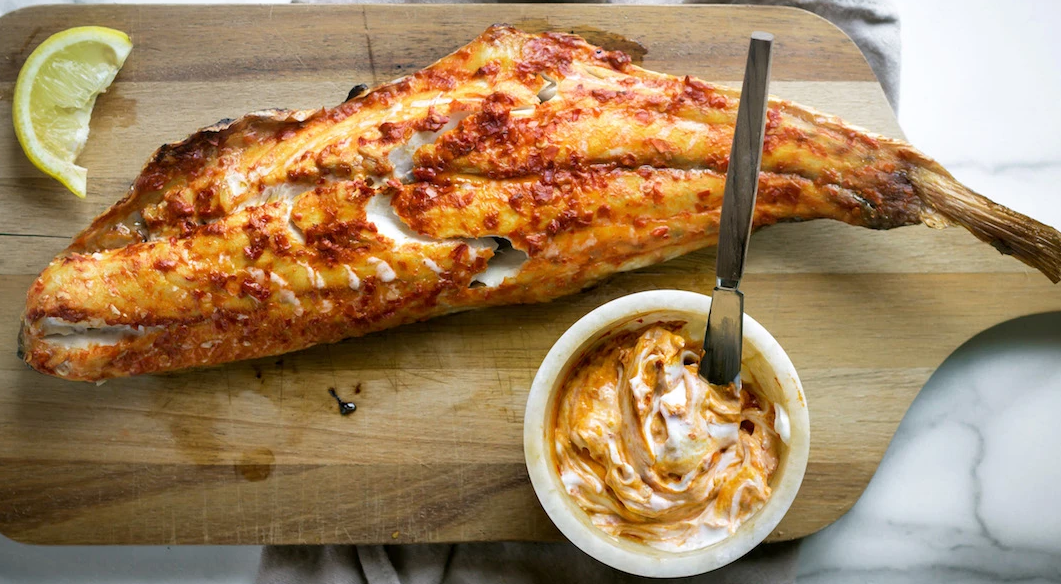
INGREDIENTS
- 6 (7-ounce) fillets of Louisiana black drum, skin and scales on, with pin bone removed
- 1 1/2 teaspoons kosher salt
- Scant 1 1/2 teaspoons ground black pepper
- Scant 1 1/2 teaspoons red pepper flakes
- 4 garlic cloves, very thinly sliced
- 1/2 cup good quality extra-virgin olive oil
- 1 tablespoon coarse sea salt
- 1/2 cup chopped Italian parsley
- Two large lemons, halved
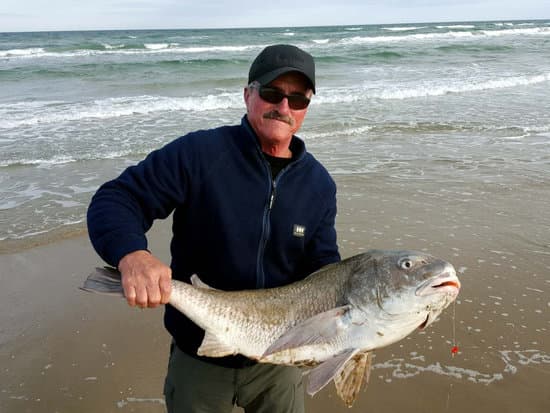
DIRECTIONS
Rinse the fish fillets and pat them dry with paper towels. Place the fillets on a baking sheet, season with the salt, pepper and red pepper flakes.
Top the fillets with the sliced garlic and drizzle with half of the oil. Use your fingers to distribute the oil and seasonings evenly over fish, then set the fish aside to marinate while you heat the grill.
Fire up your grill to a medium-high setting. (If you are using charcoal, the coals should be mostly white.) Place the fillets scale side down on the hot grill. Cover the grill and cook the fish without moving for 7 to 10 minutes, until it is just cooked through; it will flake easily when tested with a paring knife. (You can also cook the fish “on the half shell” on an oiled baking sheet in a 475*F oven for 6 to 8 minutes.)
Using a metal spatula, transfer the fillets to serving plates and top with sea salt and parsley, a little extra olive oil, and lemon juice.
How to Catch Black Drum – Frequent Questions
How big can black drum get?
Black drum can grow up to 60 inches long and weigh over 100 pounds.
How old can black drum get?
Black drum can live up to 40 years old.
What is the best time of year for black drum fishing?
Black drum can be caught year-round, but they are most active in the spring and fall when water temperatures are cooler.

What is the legal size limit for black drum?
The legal size limit for black drum varies by state, so be sure to check the regulations for the specific area where you’ll be fishing.
Can black drum be caught from the shore?
Yes, black drum can be caught from the shore, especially in areas with rocky or sandy bottoms.
Are black drum good to eat?
Yes, black drum are considered excellent table fare. They have firm, white meat that is often compared to redfish or red snapper.
Black Drum: Great Sport and Good Eats.
Black drum fishing is a thrilling and rewarding experience for any angler. From their impressive size to their powerful fighting abilities, these fish test you and your equipment and get your heart racing.
By following the tips and techniques outlined in this article, you’ll be well-equipped to tackle these powerful fish and increase your chances of success.
By understanding their habits, habitats, choosing the right gear, using the right bait, fishing in the right locations, and with some practice and patience, you’ll be reeling in those big black drum in no time.
So grab your fishing gear, head to the coast, and get ready for some exciting black drum fishing. Create memories that will last a lifetime and bring home some great tasting fillets.
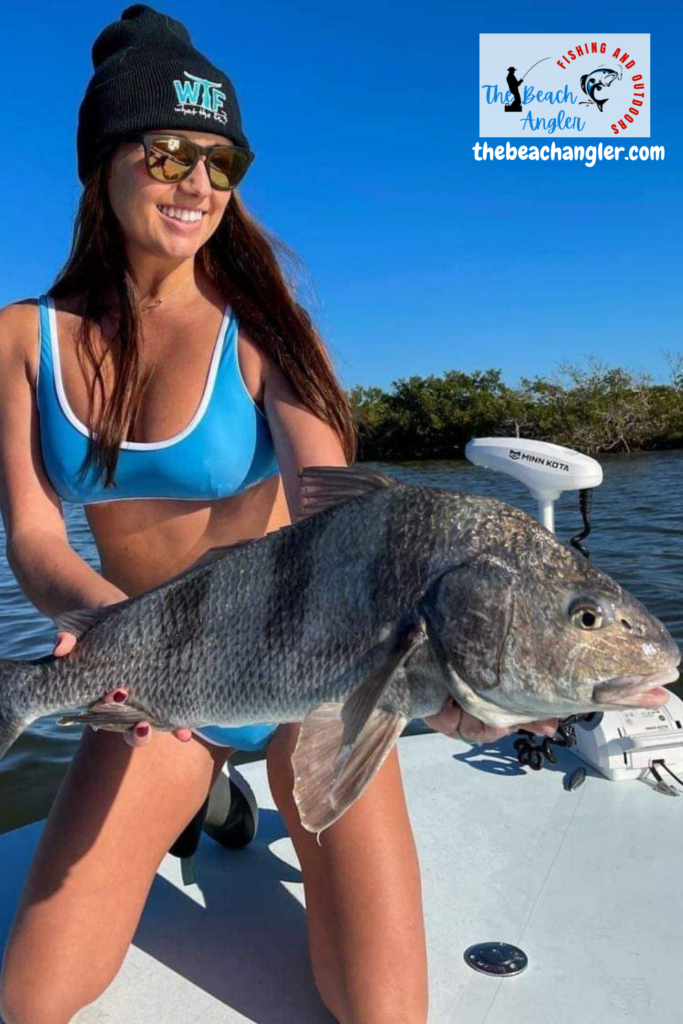
As always, stay safe, enjoy the journey and please try to leave it cleaner than you found it. If you have any comments, questions, ideas or suggestions please leave them in the comment section below and I’ll get back to you asap. You can follow us on Facebook: Rex The Beach Angler, Instagram: thebeachangler7, Twitter: @AnglerBeach, and YouTube: Man Art Creations.
P.S. Thanks so much for checking out our blog we really appreciate it. Just so you know, we may receive a commission if you click on some of the links that appear on our site. This helps us keep our content free and up-to-date for everyone. We appreciate your support!”
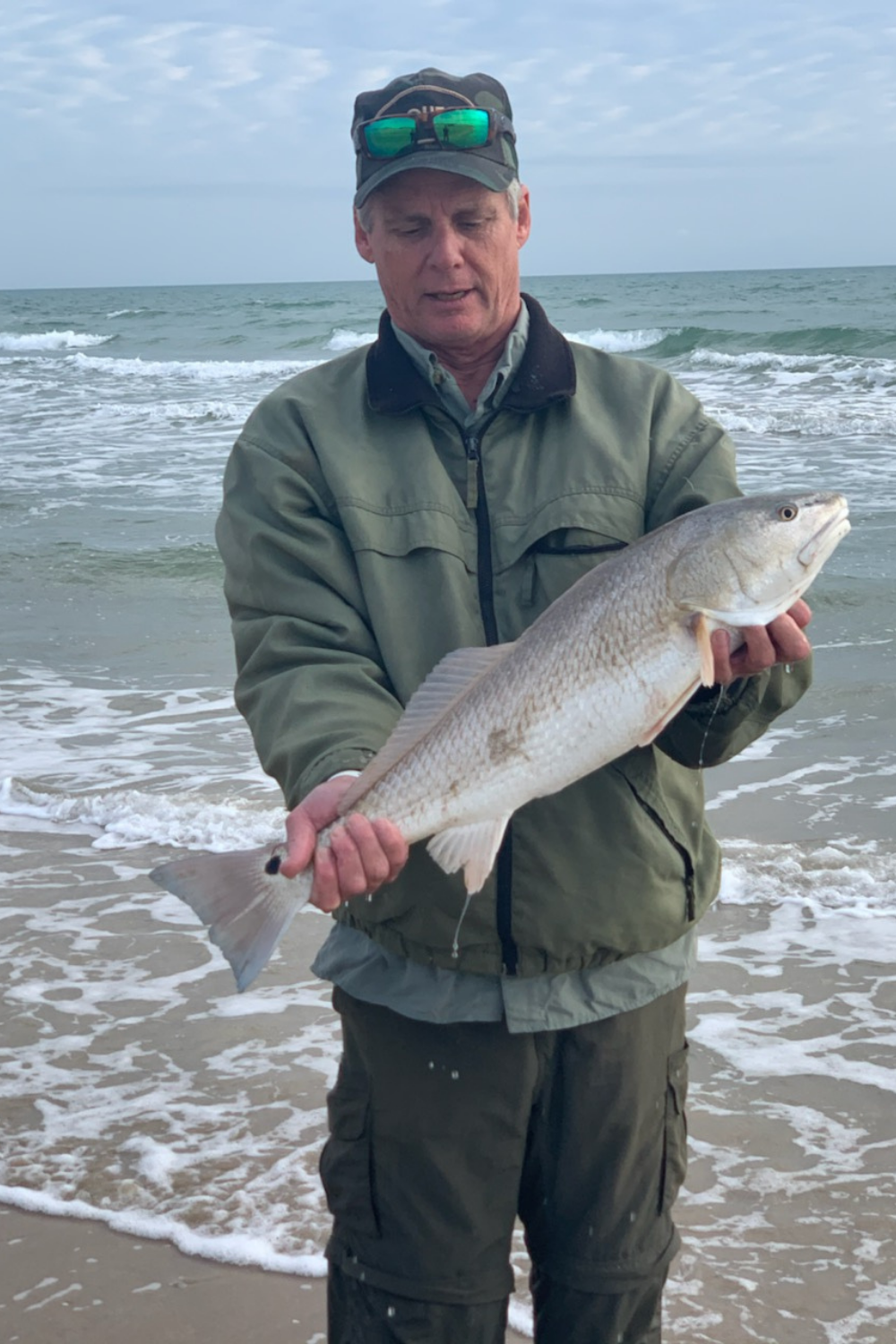
A life long surf fisherman with 50+ years of experience, I am also an avid hunter and outdoorsman. I will be sharing my passion for the outdoors with you so be prepared for hunting, fishing, camping, hiking and more. Along with gear reviews and the latest trends and innovations in the outdoor industry.

